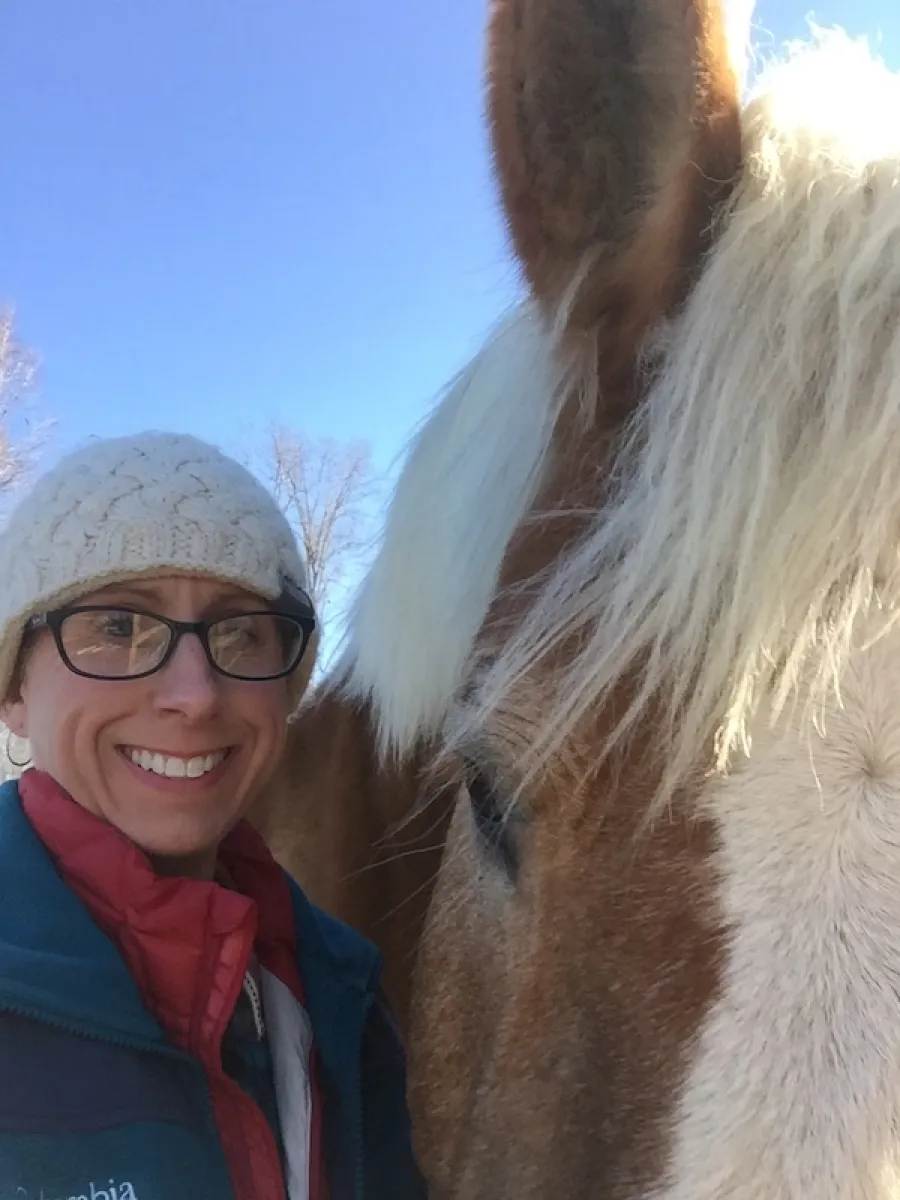Diana Lafferty
Associate Professor
Contact Information:
2011 Weston Hall
Office Phone: (906) 227-2227
dlaffert@nmu.edu
The Wildlife Ecology & Conservation Science Lab: www.wecoslab.com
Education:
- 2015 - PhD, Forest Resources, Mississippi State University
- 2007 - MS, Ecology and Conservation, Florida Institute of Technology
- 2004 - Graduate Certificate in Conservation Biology, University of Central Florida
- 1999 - BS, Zoology, Southern Illinois University
Research Interests:
A greater understanding of how wildlife populations–and their associated communities and ecosystems–respond to environmental change is essential for developing science-informed strategies to conserve Earth’s biodiversity. I use a combination of natural history observations, field-based monitoring, traditional and cutting-edge laboratory techniques, geographic information systems, statistical modeling bioinformatics analyses, and citizen science to investigate the ecological consequences of environmental change on taxa of conservation and management concern (e.g., black bear, brown bear, American marten, fisher, wild boar, snowshoe hare). Consequently, my research extends beyond conservation ecology into other disciplines including microbiology, human dimensions of natural resource management, geography, and postsecondary science education.
Teaching:
- BI 210 - Principles of Ecology
- BI 240 - Conservation Biology
- BI 290 - Fisheries and Wildlife Seminar
- BI 428 - Behavioral Ecology
- BI 595 - Foundations of Ecology
Publications:
- Mangipane LS, Lafferty DJR, Joly K, Sorum MS, Cameron MD, Belant JL, Hilderbrand GV, Gustine DD. 2020. Dietary plasticity and the importance of salmon to brown bear body size and condition in a low arctic ecosystem. Polar Biology https://doi.org/10.1007/s00300-020-02690-7.
- Zimova M, Barnard L, Davis B, Kumar A, Lafferty DJR, Mills LS. 2020. Using remote cameras to monitor coat color molt phenology. Ecosphere 11(4):e03084.
- Lafferty DJR, Zimova M, Clontz L, Hackländer K, Mills LS. 2019. Noninvasive measures of physiological stress are confounded by exposure. Scientific Reports: 10.1038/s41598-019-55715-5.
- Jones MR, Mills SM, Callahan CM, Alves J, Lafferty DJR, Jiggins FM, Alves PC, Jensen JD, Melo-Ferreira JM, Good JM. 2018. Adaptive introgression underlies polymorphic seasonal camouflage in snowshoe hares. Science 360: 1355 ̶ 1358.
- LS Mills, Bragina EV, Kumar A, Zimova M, Lafferty DJR, Feltner J, Davis BM, Hackländer K, Alves PC, Good JM, Melo-Fereira J, Dietz A, Abramov AV, Lopatina N, Fay K. 2018. Winter coat color polymorphisms identify global hotspots for evolutionary rescue from climate change. Science 359:1033 ̶ 1036.
- Stutzman LA, Belant JL, Lafferty DJR, Gustine DD, Hiller TL, Colvin ME, Mangipane BA, Hildebrand GV. 2018. Dietary plasticity in a nutrient-rich system does not influence brown bear body condition or denning. Polar Biology 41:763 ̶ 772.
- Lafferty DJR, Kumar AV, Whitcher SL, Hackländer K, Mills LS. 2017. Within-sample variation in snowshoe hare fecal cortisol metabolite measurements. Conservation Physiology 5:1 ̶ 7.
- Mowat G, Curtis J, Lafferty DJR. 2017. The influence of sulfur and hair growth on stable isotope diet estimates for grizzly bears. PloS One 12(3): e0172194.
- Lafferty DJR, Hanson-Dorr KC, Prisock AM, Dorr B. 2016. Biotic and abiotic impacts of double-crested cormorant breeding colonies on forested islands in the southeastern United States. Forest Ecology and Management 369:10–19.
- Lafferty DJR, Loman ZG, White KS, Morzillo AT, Belant JL. 2016. Moose hunters subsidize the scavenger guild in Alaska. Polar Biology 39:639–647.
- Lafferty DJR, Laudenslager ML, Mowat G, Heard D, Belant JL. 2015. Sex, diet and the social environment: factors influencing hair cortisol concentration in black bears. PloS One 10(11): e0141489.
- Lafferty DJR, Belant JL, Phillips DL. 2015. Testing the niche variation hypothesis with a measure of body condition. Oikos 124:732 ̶ 740.
- Lafferty DJR, Belant JL, White KS, Womble JN, Morzillo AT. 2014. Linking wolf diet to changes in marine and terrestrial prey species in a rapidly changing ecosystem. Arctic 67:143–148.
- Lewis TM, Lafferty DJR. 2014. Brown bears and wolves scavenge humpback whale carcass in Alaska. Ursus 25:8–13.
- Raper DJ, Bush MB. 2009. A test of Sporormiella representation as a predictor of mega-herbivore presence and abundance. Quaternary Research 71:490–496.
- Raper DJ, Zander H. 2009. Paleoecology: an untapped resource for teaching environmental change. Journal of Environmental Science and Education 4:441–447.
- Raper DJ, Dampier S. 2008. Evaluating enrichment: a pilot study with broad applications. Animal Keeper’s Forum 2:109–113.

